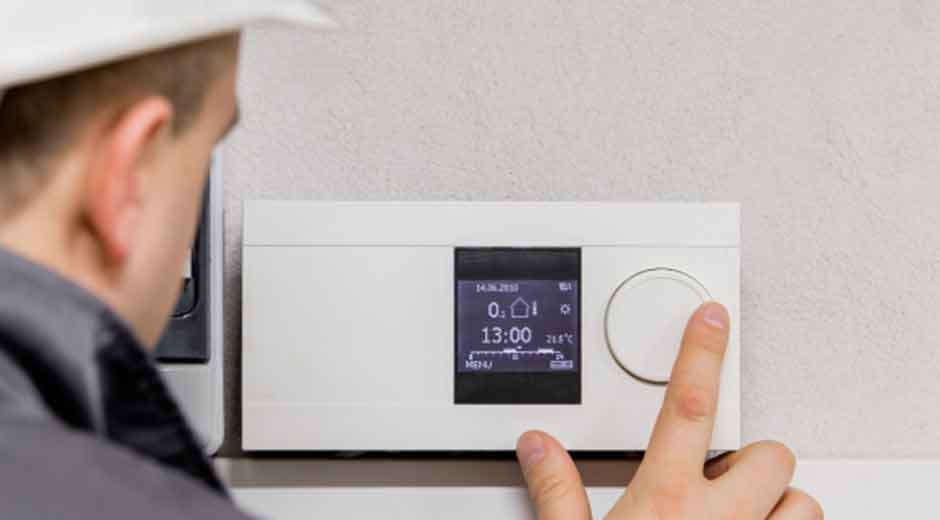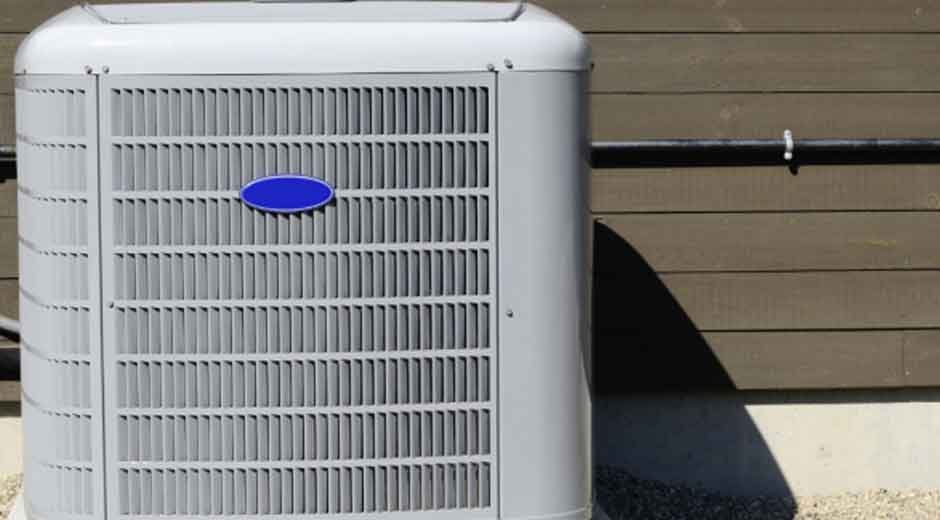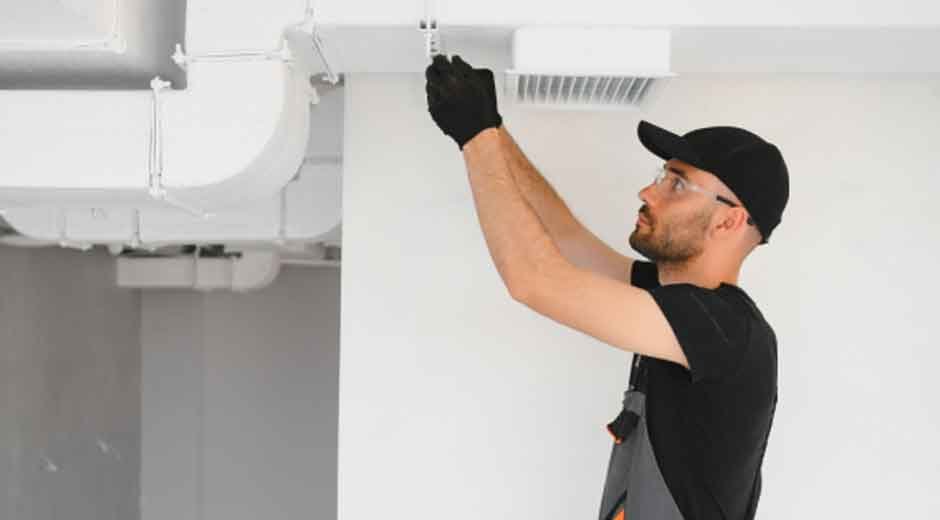Skip to the good bit
ToggleModern furnace installation is more than simply placing a heating unit in your home and connecting a few ducts. It involves physics, engineering, and data-driven precision to ensure efficiency, safety, and comfort. Both homeowners in the United States and Canada rely on furnaces to withstand harsh winters, but few realize the scientific principles behind how they work or why professional installation makes such a difference.
This article breaks down the essential components of modern furnace installation, explaining what every homeowner should know to make informed decisions about heating system performance, longevity, and energy savings.
1. The Fundamentals of Furnace Operation
A modern furnace operates using thermodynamics, the science of heat transfer. Simply put, furnaces convert fuel (natural gas, propane, or electricity) into heat, then distribute that warmth through air movement and ventilation systems.
Here’s a simplified process:
- Ignition and combustion: Gas or electric current generates heat in the furnace burner.
- Heat exchange: Warm air passes through a heat exchanger, which safely transfers heat while keeping exhaust gases separated.
- Air circulation: A blower motor pushes the heated air through ducts and vents into living spaces.
- Exhaust and ventilation: Combustion gases are expelled through a flue or vent system to prevent carbon monoxide buildup.
Understanding this process highlights why installation quality matters. Incorrect sizing, improper venting, or misaligned ducts can lead to energy loss, poor air circulation, and safety hazards. A local furnace installation company with trained technicians ensures that each step follows mechanical and environmental safety standards.
2. The Role of Proper Sizing and Load Calculation
One of the most overlooked aspects of furnace installation is accurate sizing. Many homeowners assume that bigger is better, but oversizing a furnace causes frequent short cycling, wasted energy, and inconsistent temperatures. Conversely, an undersized system struggles to heat your home effectively, running longer and wearing out faster.
HVAC professionals perform load calculations to determine the correct furnace size for your home. This involves analyzing:
- Square footage of the property.
- Insulation quality and window types.
- Ceiling height and air leakage levels.
- Local climate and average outdoor temperatures.
In both the U.S. and Canada, the Manual J Load Calculation is the industry standard for determining heating and cooling loads. It ensures that the furnace output (measured in BTUs) matches the exact thermal needs of your home.
An accurately sized furnace operates at its optimal capacity, balancing efficiency with comfort. It also prevents temperature fluctuations and excessive strain on mechanical parts.
3. Understanding Energy Efficiency Ratings

Modern furnaces are engineered with efficiency at their core. The key metric to understand is the Annual Fuel Utilization Efficiency (AFUE) rating, which measures how effectively the furnace converts fuel into heat.
For example:
- A furnace with 80% AFUE converts 80 percent of fuel energy into heat, losing 20 percent through exhaust.
- A 95% AFUE unit, considered high-efficiency, wastes only 5 percent, making it more cost-effective over time.
In the U.S., the Department of Energy (DOE) mandates minimum efficiency standards, while Canada’s EnerGuide and ENERGY STAR programs follow similar criteria. Many modern furnaces feature secondary heat exchangers, variable-speed motors, and smart thermostats to improve energy performance.
Beyond savings, efficient systems reduce greenhouse gas emissions and qualify for government rebates in many regions. Upgrading from an old 70% AFUE furnace to a 95% model can lower heating bills by up to 30 percent annually, according to Energy.gov.
4. The Science of Airflow, Duct Design, and Ventilation
Airflow is the backbone of furnace performance. Even the most advanced furnace will fail to heat efficiently if the ductwork is poorly designed or installed. Proper airflow ensures that warm air reaches every room while maintaining balanced pressure throughout the home.
Key elements include:
- Duct sizing: Oversized or undersized ducts can restrict air movement and reduce efficiency.
- Air sealing: Leaky ducts can lose up to 30 percent of heated air before it reaches the living space.
- Vent placement: Properly positioned supply and return vents maintain even temperatures and reduce noise.
Ventilation science also plays a crucial role in safety. High-efficiency furnaces use sealed combustion, drawing air from outside instead of indoor spaces. This minimizes backdraft risks and improves indoor air quality by preventing contaminants from entering the air stream.
Professional installers use pressure balancing and airflow measurement tools to confirm that every vent performs within the designed parameters. For homeowners, understanding this process reinforces why installation should never be treated as a DIY project.
5. Smart Technology and Modern Control Systems
Today’s furnaces are smarter than ever. Advanced systems integrate with Wi-Fi thermostats and sensors to maintain consistent indoor temperatures while optimizing energy usage. Smart thermostats can learn homeowner habits, adjust heat output automatically, and even respond to outdoor weather changes.
Zoning systems, which divide a property into temperature-controlled areas, further improve efficiency by delivering heat only where needed. This approach minimizes energy waste and enhances comfort in multi-level homes or properties with varying sun exposure.
Homeowners who embrace technology-driven furnace systems can monitor performance remotely, receive maintenance alerts, and analyze energy consumption trends. In both the U.S. and Canada, this innovation is reshaping how people manage indoor climate control.
6. The Importance of Professional Installation and Maintenance

Modern furnace installation combines technical knowledge, building code compliance, and safety awareness. Professional technicians understand how to balance fuel efficiency, airflow, and electrical integration while ensuring all safety standards are met.
Furnace routine maintenance is equally important. Even high-efficiency systems require annual inspections to keep performance stable and warranties valid. Maintenance typically includes:
- Cleaning burners and heat exchangers.
- Checking carbon monoxide levels.
- Inspecting blower motors and filters.
- Verifying thermostat calibration and system airflow.
Skipping maintenance can reduce efficiency by up to 10 percent each year and lead to premature component wear. Property owners should always keep a service record and schedule inspections before winter begins.
Furnace installation is both a science and an investment. Understanding the principles behind system sizing, airflow, efficiency, and professional calibration helps homeowners make informed choices that improve comfort and lower long-term costs.
Whether you live in a Canadian city like Toronto or a U.S. state like Minnesota, the fundamentals remain the same: a properly installed furnace provides reliable heat, improved air quality, and maximum energy efficiency. Partnering with qualified professionals ensures your system performs safely and effectively for years to come.







